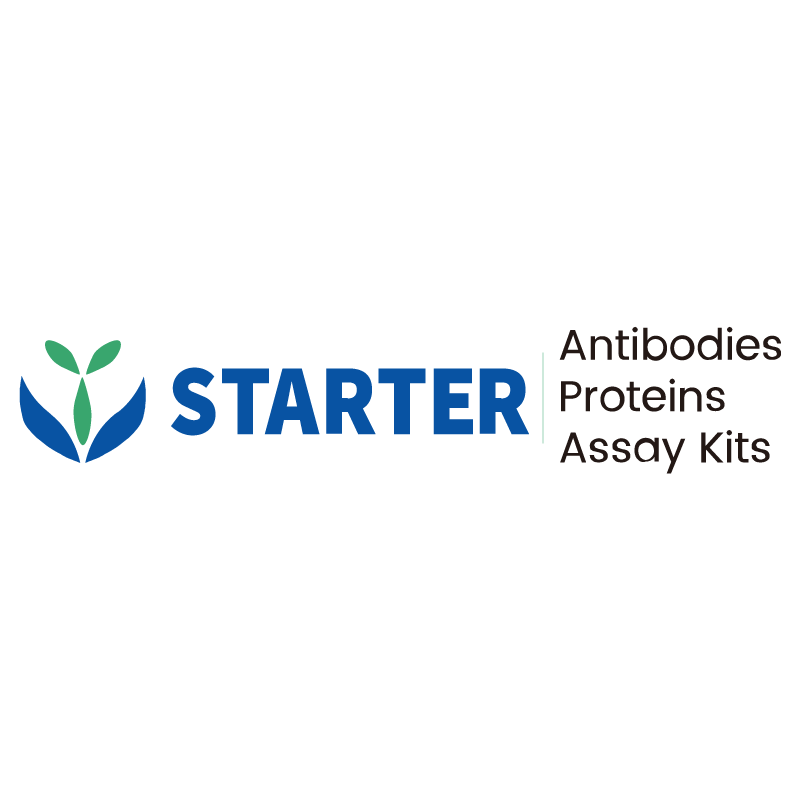Flow cytometric analysis of HeLa (Human cervix adenocarcinoma epithelial cell, Left) / HUVEC (Human umbilical vein endothelial cell, Right) labelling CD309 antibody at 1/200 dilution (1 μg) / (Red) compared with a Mouse IgG1, κ Isotype control (Black) and an unlabelled control (cells without incubation with primary antibody and secondary antibody) (Blue). Goat Anti - Mouse IgG Alexa Fluor® 647 was used as the secondary antibody. Negative control: HeLa
Product Details
Product Details
Product Specification
| Host | Mouse |
| Antigen | CD309 |
| Synonyms | Vascular endothelial growth factor receptor 2; VEGFR-2; Fetal liver kinase 1 (FLK-1); Kinase insert domain receptor (KDR); Protein-tyrosine kinase receptor flk-1; FLK1; VEGFR2; KDR |
| Location | Cell membrane, Endoplasmic reticulum |
| Accession | P35968 |
| Clone Number | S-3129 |
| Antibody Type | Mouse mAb |
| Isotype | IgG1,k |
| Application | FCM |
| Reactivity | Hu |
| Positive Sample | HUVEC |
| Purification | Protein G |
| Concentration | 2 mg/ml |
| Conjugation | Unconjugated |
| Physical Appearance | Liquid |
| Storage Buffer | PBS pH7.4 |
| Stability & Storage | 12 months from date of receipt / reconstitution, 2 to 8 °C as supplied |
Dilution
| application | dilution | species |
| FCM | 1:200 | Hu |
Background
CD309 or VEGF Receptor 2 (VEGFR-2), also known as KDR in humans and Flk-1 in mice, is a crucial receptor tyrosine kinase that plays a central role in angiogenesis, the formation of new blood vessels. This receptor has high affinity for VEGF-A and mediates most of the endothelial growth, migration, and survival signals induced by VEGF-A. Structurally, VEGFR-2 is a glycosylated transmembrane protein with a molecular weight of about 230 kDa, consisting of an extracellular domain (ECD) for ligand binding, a transmembrane domain (TMD), a juxtamembrane domain (JMD), a tyrosine kinase domain (TKD), and a C-terminal domain (CTD) for signaling. Upon binding to VEGF-A, VEGFR-2 undergoes dimerization and autophosphorylation, activating downstream signaling pathways such as the PLCγ-PKC-MAPK pathway, which promotes endothelial cell proliferation, migration, and vascular permeability. VEGFR-2 is widely expressed in vascular endothelial cells and is also found in some tumor cells, making it a key target for both pro-angiogenic therapies in conditions like ischemic diseases and anti-angiogenic therapies in cancer.
Picture
Picture
FC


